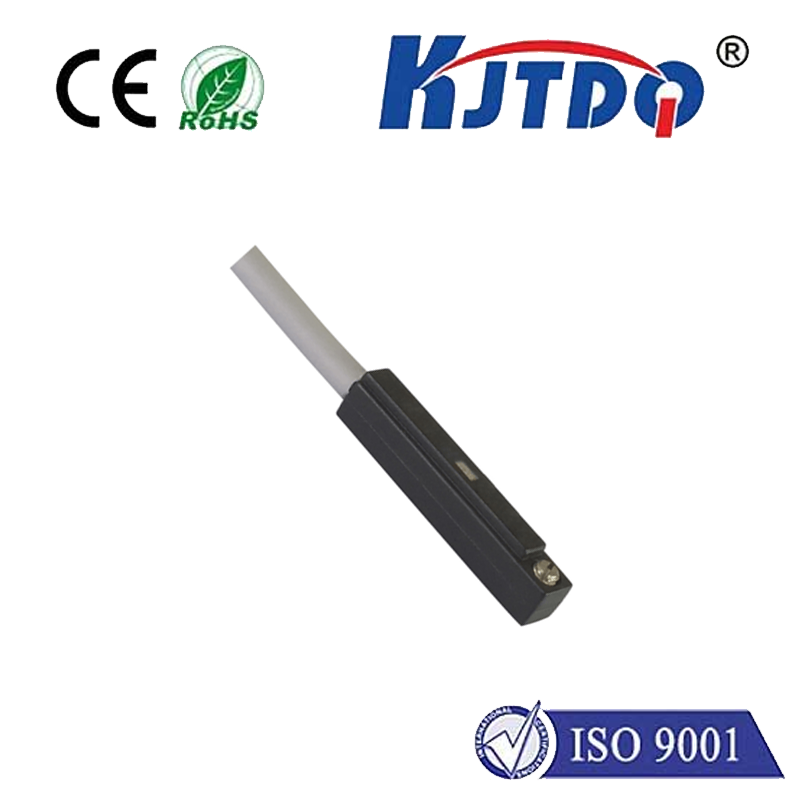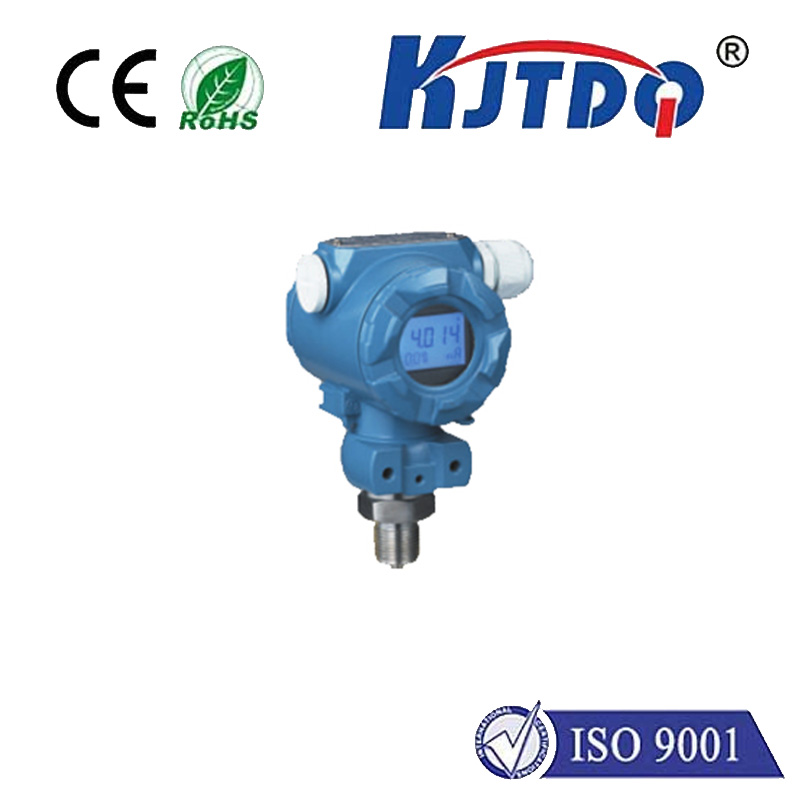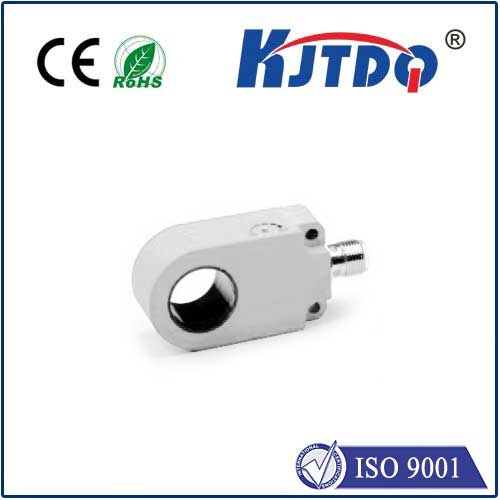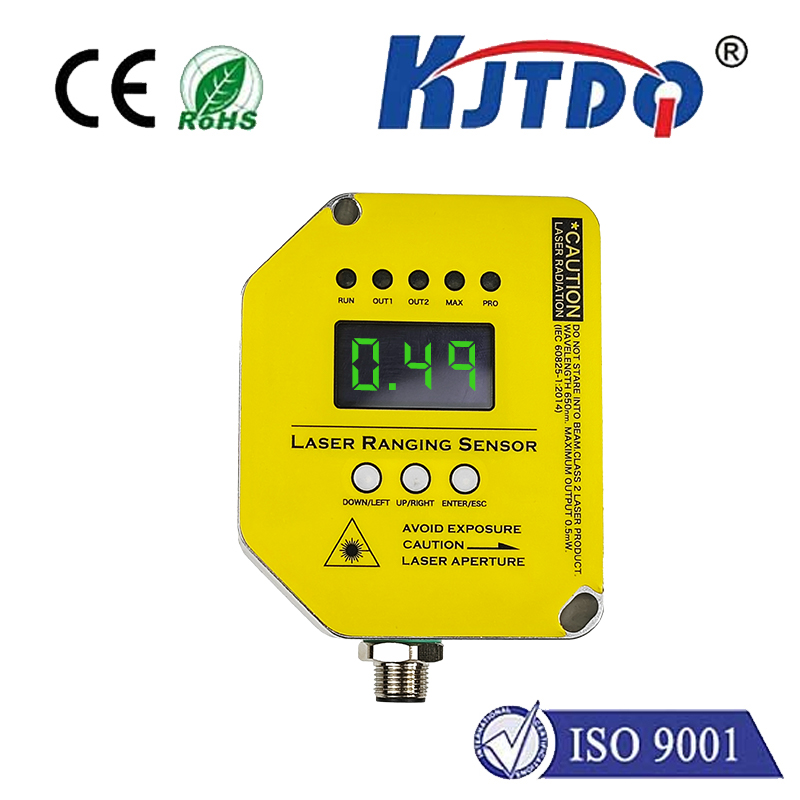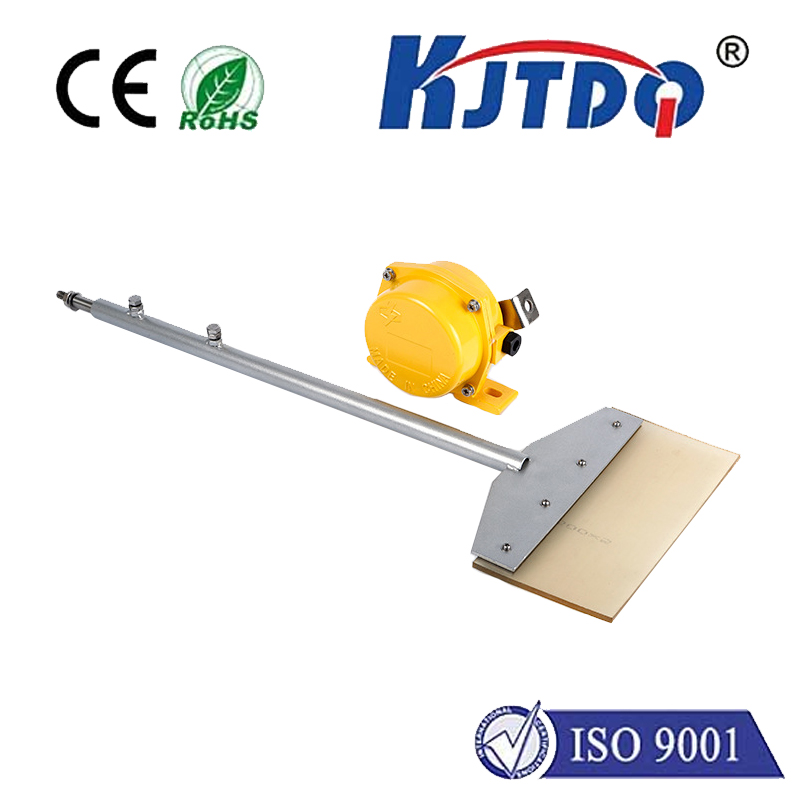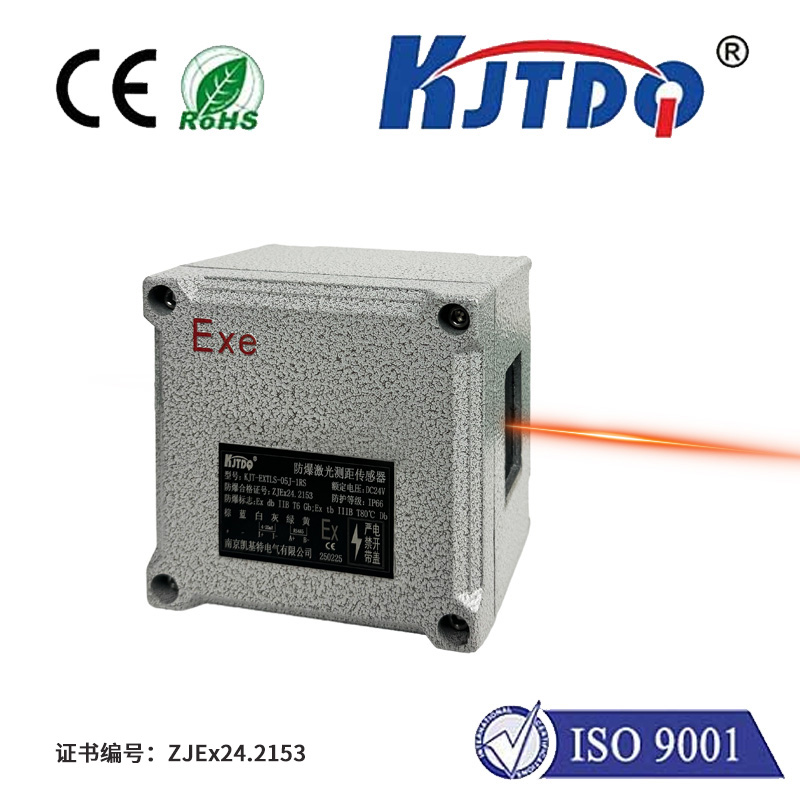limit switch small
- time:2025-09-12 03:10:31
- Click:0
The Mighty Miniature: How Small Limit Switches Shape Big Industrial Automation
Picture this: A colossal robotic arm, capable of handling tons of material, moves with astonishing precision. A high-speed packaging line seals millions of cartons flawlessly. A delicate medical device performs intricate automated movements within fractions of a millimeter. What silently orchestrates the boundaries of motion in these diverse scenarios? Often, it’s the unassuming hero: the small limit switch. Don’t let their size fool you—these compact control components pack a powerful punch in the world of automation, providing the critical feedback that keeps machines safe, efficient, and precise.
What Exactly is a Small Limit Switch?
At its core, a limit switch is a mechanical or proximity sensor designed to detect the presence or absence of an object or monitor its position within a defined range. They act as sentinels, triggering an electrical signal when an actuator, moving part, or target reaches a specific point. The term “small limit switch” specifically refers to versions engineered for minimal spatial footprint. They are characterized by:
- Compact Enclosures: Often crafted from durable engineering plastics or lightweight metals, designed to fit into tight spaces where traditional larger switches simply cannot go.
- Miniature Actuation Mechanisms: Featuring scaled-down levers (rollers, whiskers, forks), plungers, or proximity sensing elements, responding reliably to even subtle movements.
- Precision Operation: Despite their size, they offer dependable position detection and switching capabilities (SPDT, DPDT configurations common), typically handling pilot duty levels for control circuits.
- Diverse Configurations: Available as sealed switches (IP67, IP69K rated) for harsh environments, standard duty models, or specialized variants for unique mounting or actuation needs.
Why Size Matters: The Compelling Advantages
The drive towards miniaturization in automation isn’t just about aesthetics; it delivers tangible benefits:
- Conquering Space Constraints: The primary advantage. Small limit switches enable position detection in equipment where real estate is severely limited – inside intricate machinery, on compact robotic end effectors, within portable diagnostic devices, or densely packed control panels.
- Reduced Weight & Inertia: On moving parts like robotic arms or lightweight gantries, minimizing added mass and inertia is crucial for speed, accuracy, and energy efficiency. A small limit switch contributes significantly less load than a bulkier counterpart.
- Enhanced Precision: Closer mounting to the point of action often translates to more accurate position feedback. Smaller actuators can respond to finer movements or detect smaller targets.
- Cost-Effectiveness: Material savings and simplified mounting mechanisms can make small switches an economical choice, especially in high-volume applications.
- Design Flexibility: Their diminutive size offers engineers greater freedom in designing equipment layouts and incorporating position sensing into complex assemblies.
Where Do These Tiny Titans Shine? Applications Galore

The versatility of small limit switches means they find homes in a vast array of industries:
- Robotics & Collaborative Robotics (Cobots): Essential for defining joint limits, tool positioning, and ensuring safe interaction zones on inherently compact robotic systems.
- Packaging Machinery: Monitoring gate positions, verifying case presence, controlling fill levels, and detecting jams within the high-speed, space-limited confines of modern packaging lines.
- Medical & Laboratory Automation: Used in precision instruments, diagnostic equipment, sample handlers, and surgical robots where hygiene (often requiring sealed switches), compactness, and reliability are paramount.
- Semiconductor Manufacturing: Critical for wafer handling robots, stage positioning, and door interlocks within the ultra-clean and densely packed environments of chip fabs.
- Valve Actuation & Fluid Control: Verifying the open/closed status of compact valves in process control systems.
- Material Handling: Detecting the position of miniature lifts, conveyors, or shuttle systems.
- Consumer Electronics Assembly: Ensuring precise component placement and tool positioning in automated assembly cells.
- 3D Printing & Additive Manufacturing: Monitoring build platform positions, filament runout detection, or enclosure door status.
Selecting the Right Small Switch: Key Considerations
Choosing the optimal small limit switch requires careful thought beyond just size:
- Actuation Type: Does the application require physical contact (lever, roller plunger) or non-contact sensing (proximity)? Consider the force available and the nature of the target.
- Electrical Ratings: Ensure the switch can handle the required voltage and current (AC/DC) of the control circuit (remember, these are typically pilot duty devices).
- Environment: Will the switch face dust, moisture, washdown conditions, extreme temperatures, or chemicals? Select appropriate sealed switches with suitable IP ratings and material construction (e.g., stainless steel for corrosion resistance).
- Reliability & Life Expectancy: How many operating cycles are required? Look for switches designed for high mechanical durability.
- Mounting & Adjustment: Consider ease of installation and adjustability in the confined space. Side-mount, head-mount, or specially designed brackets? Precision often hinges on precise positioning capability.
- Contact Configuration: SPDT (Single Pole, Double Throw) is common, but DPDT (Double Pole, Double Throw) or specific NO/NC (Normally Open/Normally Closed) requirements must be met for the control logic.
- Over-Travel & Pre-Travel: Understand the mechanical characteristics needed to ensure reliable actuation without damaging the switch.
Best Practices for Integration
To maximize the performance and lifespan of these compact sensors:
- Secure Mounting: Ensure the switch is rigidly mounted to prevent vibration from causing false signals or damage.
- Protect Actuators: Shield delicate levers or plungers from excessive force or impact beyond their specified over-travel limits.
- Consider Override Distance: Allow sufficient space for the actuator to move past the trip point without stressing the switch mechanism.
- Environmental Protection: Utilize appropriate sealing gaskets and ensure connectors are properly secured, especially for sealed switches operating in demanding conditions.
- Regular Inspection: Periodically check for physical damage, proper operation, and secure mounting, particularly in high-cycle applications.
The Future: Smaller, Smarter, More Connected
The evolution of small limit switches continues. While the miniature sensors of today are incredibly capable, trends point towards:
- Further Miniaturization: Pushing the boundaries of how small reliable mechanical position detection can be.
- Enhanced Connectivity: Integration of basic IO-Link or similar communication protocols into the switch body, providing diagnostic data like cycle count or switch health alongside the basic signal.
- Improved Materials & Construction: Leveraging advanced polymers and composites for even greater durability, chemical resistance, and temperature tolerance in compact forms.
- Smarter Interaction: Design innovations for easier mounting, adjustment, and visual status indication in cramped spaces.
Small Limit Switches – Indispensable Precision Partners
From guiding the delicate movements of a surgical robot to ensuring the relentless pace of a packaging line remains faultless, small limit switches are foundational elements of modern automation. Their ability to deliver reliable position detection and control within incredibly confined spaces makes them indispensable. By understanding their types, applications, selection criteria, and integration best practices, engineers can harness the power of these miniature marvels to build smarter, safer, and more efficient machinery. Remember, in the intricate dance of automation, sometimes the smallest component plays the most critical role in defining the boundaries of success.






